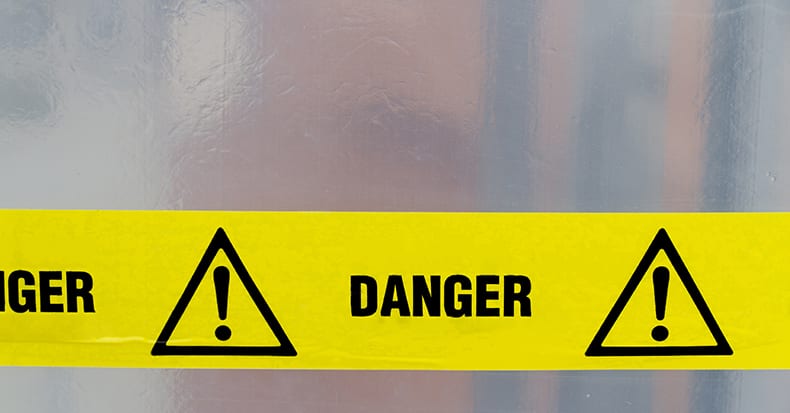There are four main arteries that bring blood to the brain: two in the front of the neck called the carotid arteries and two in the back of the neck called the vertebral arteries. The carotid arteries supply the front and middle portions of the brain with blood while the vertebral arteries join together to form the basilar artery that supplies blood to the back portion of the brain and the brain stem.
A stroke occurs when the blood supply to the brain is interrupted and oxygen can’t get to the brain tissue, which causes damage. Each area of the brain is programmed to run different bodily functions, so symptoms associated with stroke can be mild to severe depending on the amount of area involved. Stroke victims commonly have problems with speech, behavior, thought processing, motor skills, and memory.
There are basically two ways a stroke can occur: 1) Blockage in one of the many arteries (called Ischemic stroke, which is associated with about 83% of cases), or 2) A tear, leak, or rupture in a blood vessel (called hemorrhagic stroke, which is associated with about 17% of cases). Again, symptoms are directly related to where the blockage or bleed occurs and the area deprived of oxygen. Mini-strokes (called TIAs or Trans-Ischemic Attacks) can precede a larger stroke and last a few minutes to several hours. These are caused by a temporary disruption in blood flow and SHOULD NOT BE IGNORED, as these are important warning signs of a potential larger impending stroke!
Studies have shown that the symptoms associated with stroke are similar to those that drive people to either their family doctor and/or chiropractor—most notably, neck pain and headache.
So, what is the difference between the symptoms of a “normal” neck pain/headache vs. one associated with stroke? In some cases, not much! However, a stroke-related headache is often SUDDEN, SEVERE, and UNUSUAL for that person. The tension-type “normal” headache may be part of the patient’s long-term history, not severe or unusual, and NOT typically accompanied by other symptoms such as dizziness.
A 2008 study found that the incidence rate of stroke occurring in the clinics of an MD vs. a DC were IDENTICAL. In other words, it’s not the treatment performed by either type of doctor that caused the stroke but rather the stroke had already occurred and the symptoms drove the person to see either their MD and/or DC. In recent case reports, two different patients presented to their chiropractors with these headache/neck pain symptoms. In both cases, their doctor properly identified they were at risk for a subsequent stroke and referred them to the appropriate healthcare professionals BEFORE any treatment was administered.
Classic stroke symptoms include: 1) Sudden weakness or numbness in the face, arm, or leg, usually on one side of the body; 2) Difficulty in speaking or understanding language; 3) Altered vision (poor acuity or blurriness); 4) Sudden severe headache; 5) Unexplained balance loss or dizziness. If any these occur, call 911! Time IS of the essence for minimizing brain damage!
Thousands of Doctors of Chiropractic across the United States and Canada have taken "The ChiroTrust Pledge":
“To the best of my ability, I agree to
provide my patients convenient, affordable,
and mainstream Chiropractic care.
I will not use unnecessary long-term
treatment plans and/or therapies.”
To locate a Doctor of Chiropractic who has taken The ChiroTrust Pledge, google "The ChiroTrust Pledge" and the name of a town in quotes.
(example: "ChiroTrust Pledge" "Olympia, WA")
Content Courtesy of Chiro-Trust.org. All Rights Reserved.

